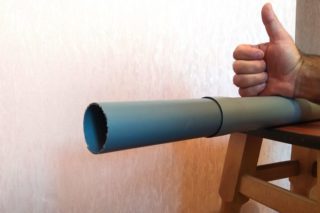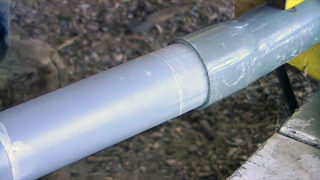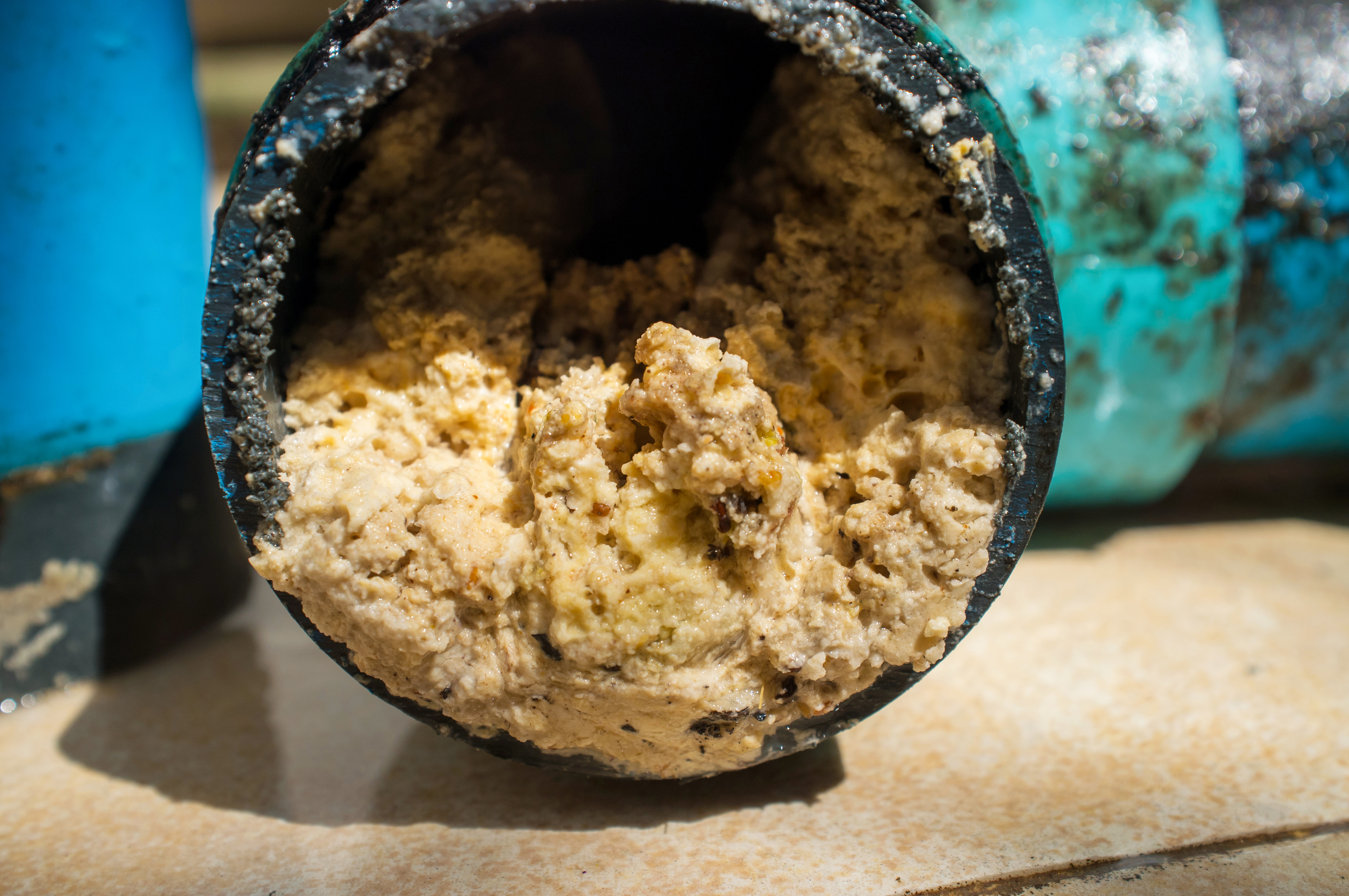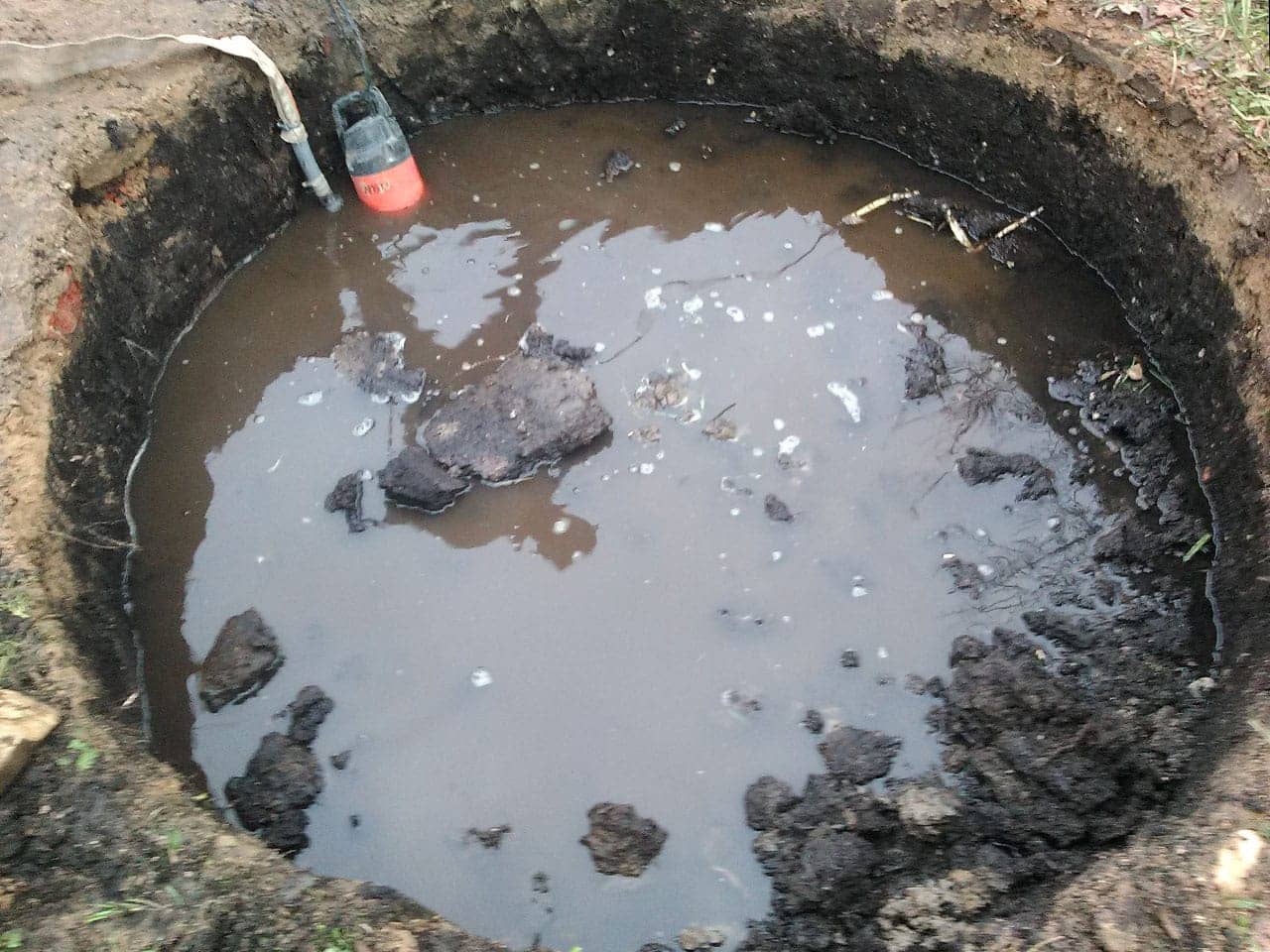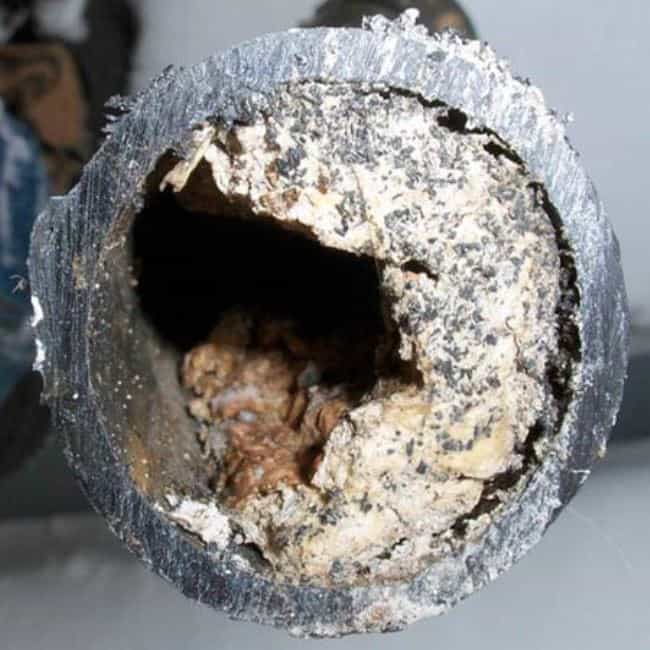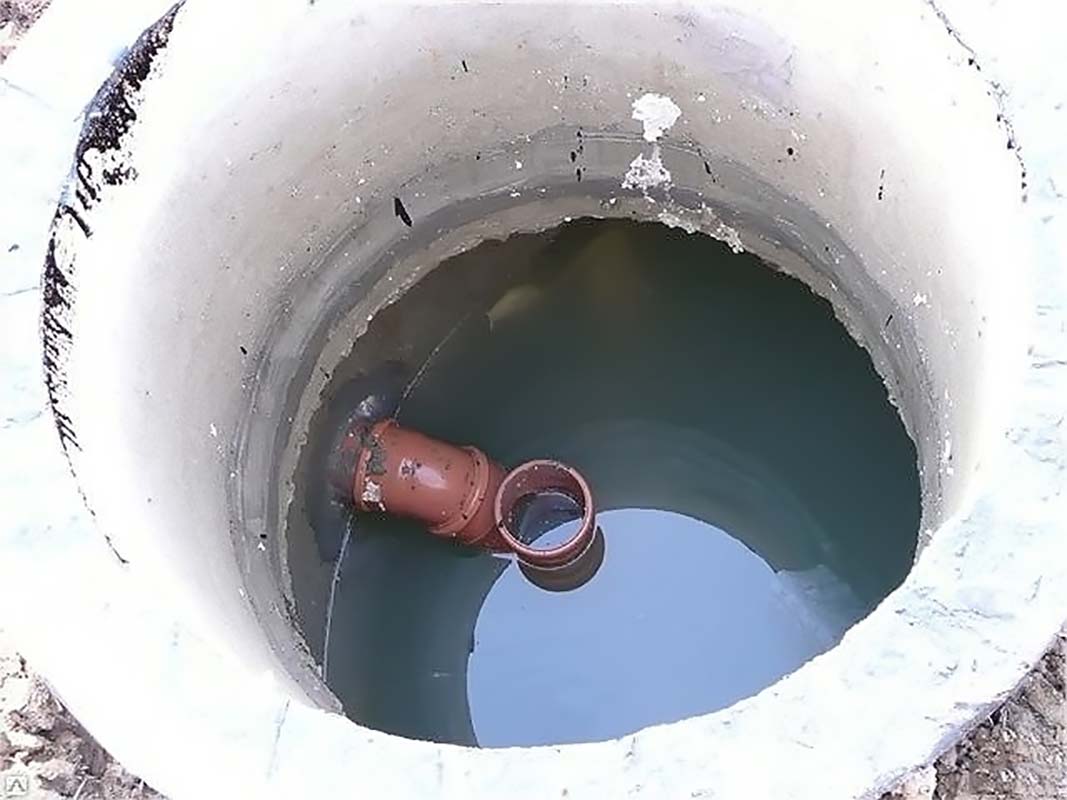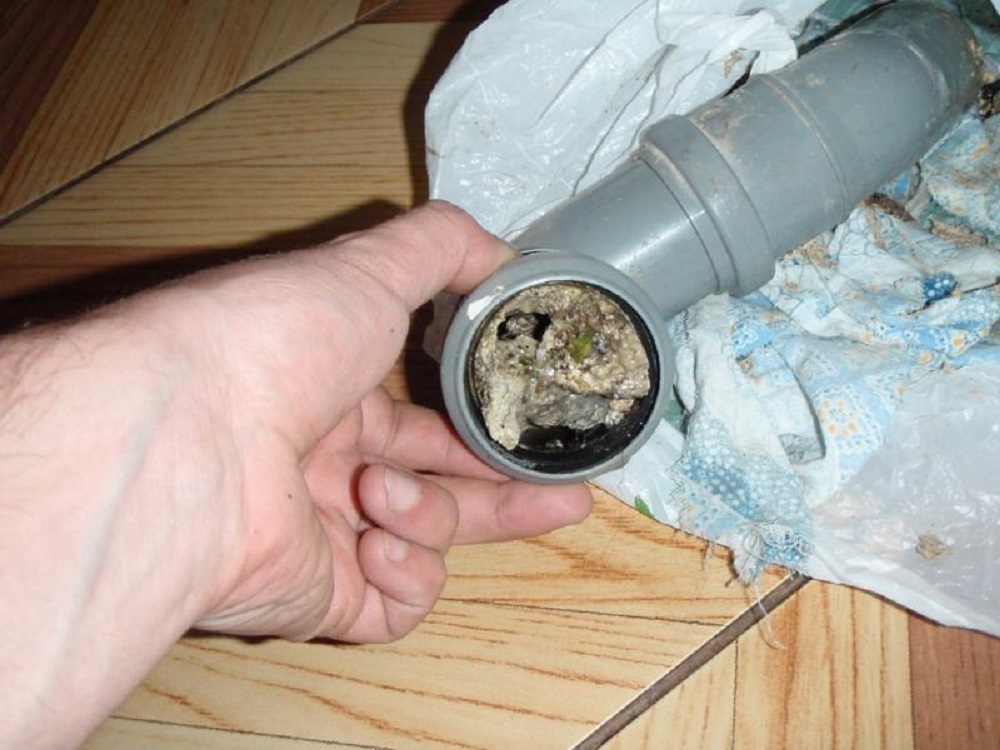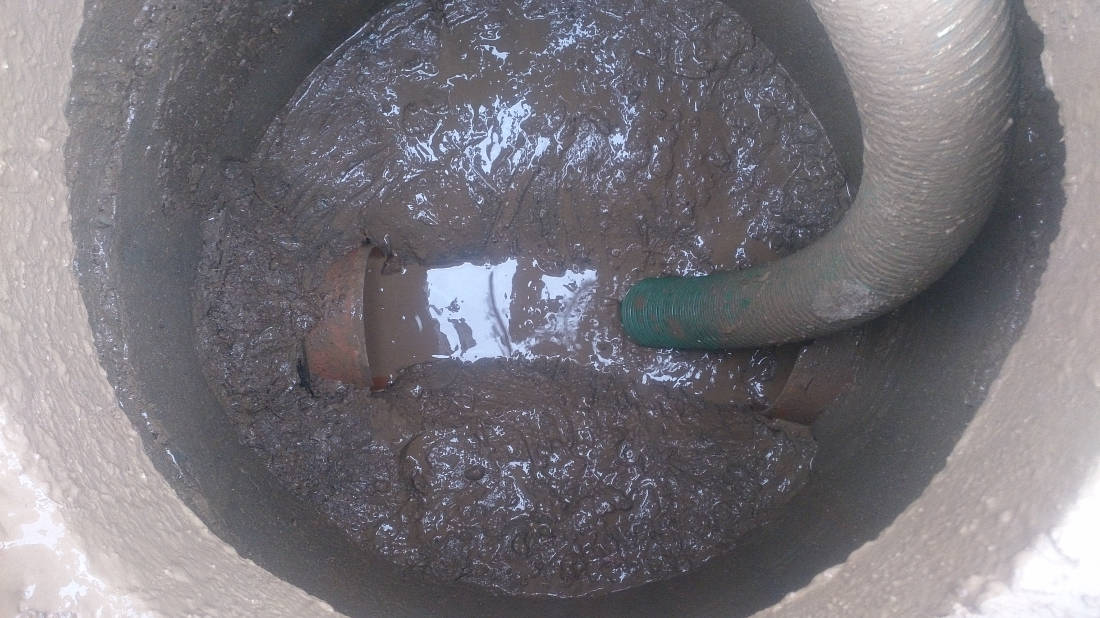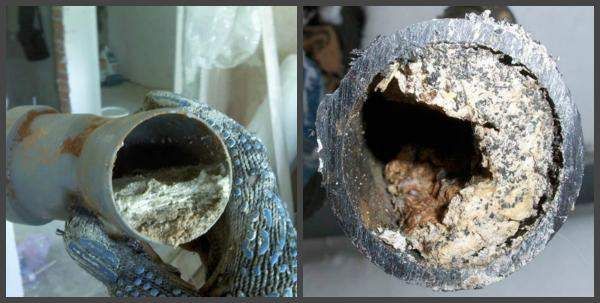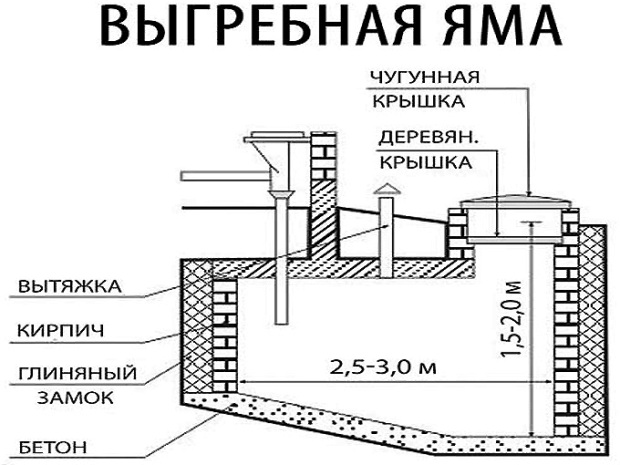It is completely safe - you can safely save money by not buying new pipes, as long as there are pieces of old ones left. If you connect them correctly, the new pipe made of scraps will differ from the store ones only externally.
Anyone can apply the recent "garbage" in this way, it is very simple and does not require any tools. From the first to the last stage, all you need is a minimum home environment for work and some of your time.
Method one - using heat treatment
PVC or polyvinyl chloride is just a plastic, one of the properties of which is change and plasticity under the influence of high temperatures. As long as you have not overcome the extreme temperature at which plastic begins to deform, there is nothing to worry about. It is impossible to achieve such indicators (150-200 C) at home, therefore, arm yourself with an ordinary gas stove, a saucepan and get ready to make one out of several small pipes.
Step-by-step instruction:
- The pipe can be made from two or more scraps. First, decide from which ends the pipes will be connected.
- It is advisable to cut a chamfer from the pipe that you chose the inner one - it will be easier this way.
- Prepare a heat source (at least 80-100 C). This can be a building hair dryer, a fire (in compliance with safety rules) or a saucepan with boiling water. The last option is the simplest and most affordable at home, so we will rely on it.
- Dip one end of the "inner" pipe into boiling water (the water should already boil) by 5-6 cm. Hold it for at least two minutes, the second pipe should lie nearby.
- As soon as the right time has passed, take out the pipe, shake it off of the water and immediately connect the pipes. Do not rush - slowly insert one into the other and make a little effort. If it doesn't work, then you probably took the pipe out of the boiling water too early - return it to the pan.
If you only needed to connect two trims, then you're done. In the event that you need to attach more pieces, proceed in the same way as the instructions above - decide on the connection point, make a chamfer, boil new water if the old one is cold.
Alternative method
Step-by-step instruction:
- As in the previous method, decide on the connecting ends of the pipes and prepare them by chamfering the outer pipe and leaving / making on the inner one.
- The second stage of processing is sandpaper. Sandpaper the entire joint surface of both pieces.
- Clean and degrease the surface - this is necessary for the glue to set better. First, remove all dirt by thoroughly washing the pipes, then wipe them dry. After that, you can start degreasing - with acetone, anti-silicone, special means.
- Apply glue to the inner pipe, immediately to the entire gluing surface - mark it in advance.
- Insert the pipes into each other as quickly as possible so that the glue does not have time to deteriorate, and rotate at least 90 degrees.
- Now hold the pipes in this position for about a minute, applying a little force so that the grip is as good as possible.
- The last stage is verification. Again, pull the inner tube firmly back. The same should be repeated after 10-15 minutes, but with greater force. If everything is in order, then the process is over.
Just like the previous method, this one can be used for several pieces of PVC pipe at the same time, but the process will be slower and more time consuming.
Fastening reliability
According to the observations of many who have tested this method of connection, such pipes hold no worse than on couplings. It makes no sense to spend money or postpone repairs just because the necessary materials were not at hand - the same result can be achieved with minimal provision of tools and consumables.
If a pipe made of cuttings will be used for a high-pressure flow, it is advisable to secure it additionally - for example, use a silicone sealant for the "seam", which will prevent leakage or reliably contain the contents of the pipe until you take all the necessary measures.
Do not be afraid to experiment with PVC pipes - it is a malleable and safe material that you can work with completely on your own.

